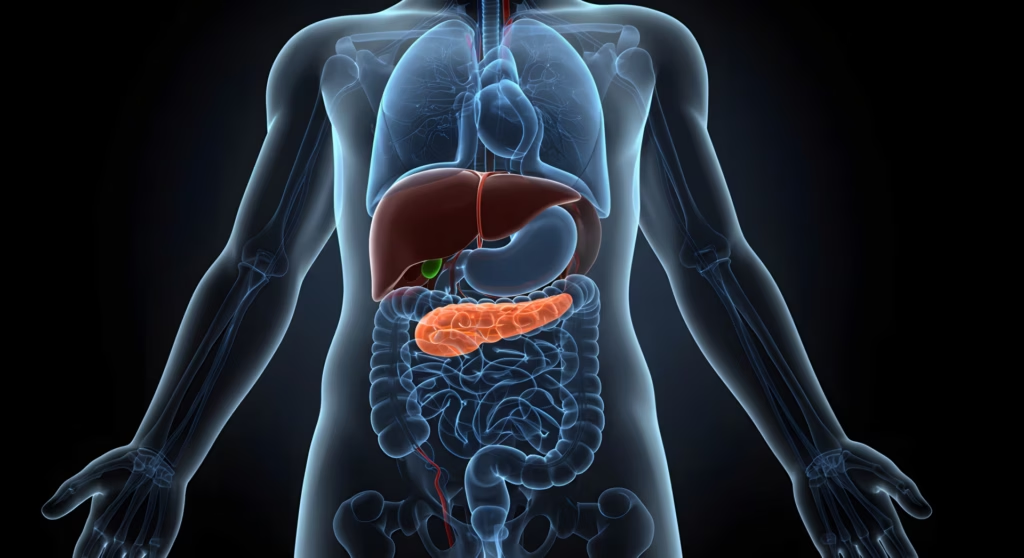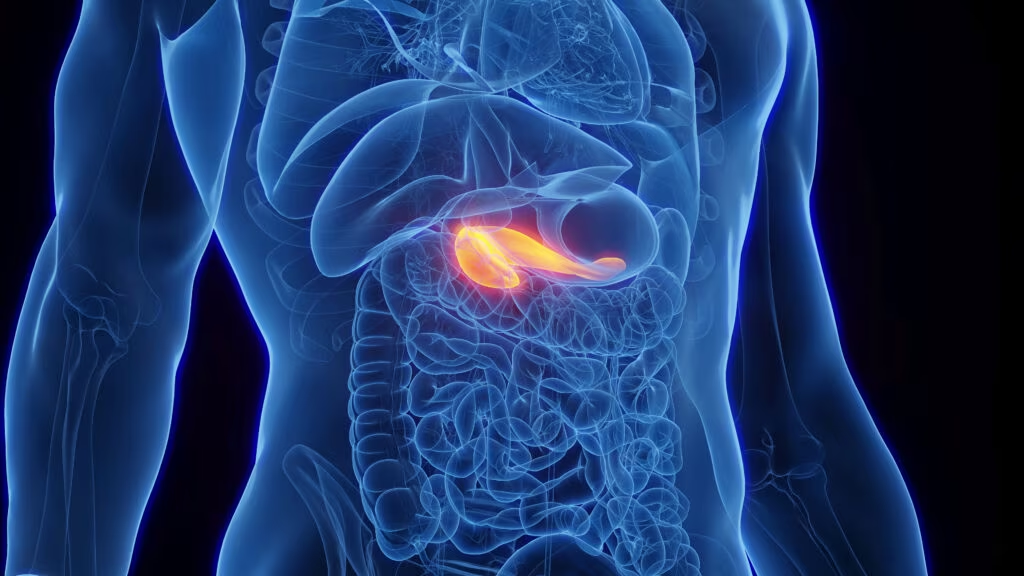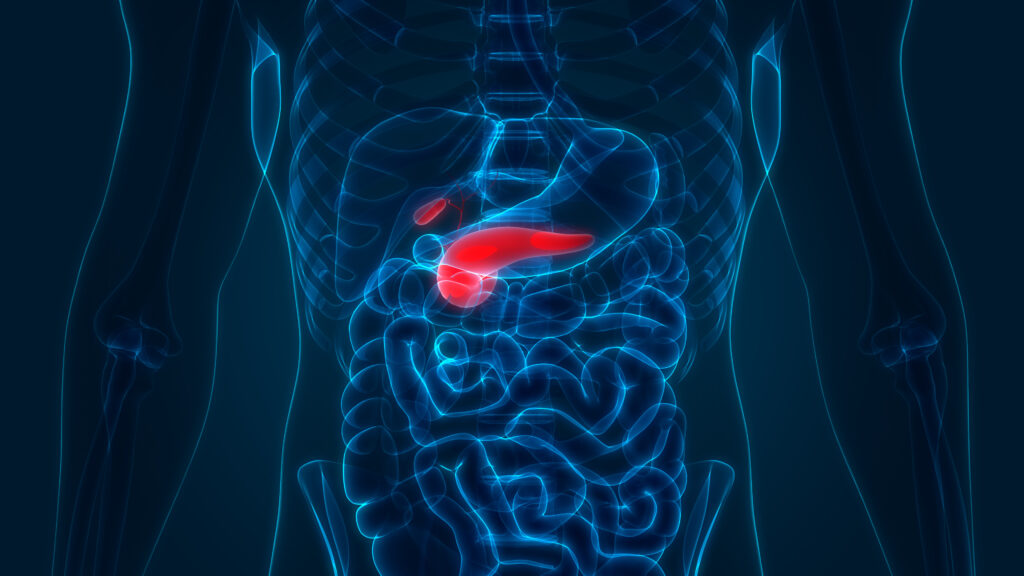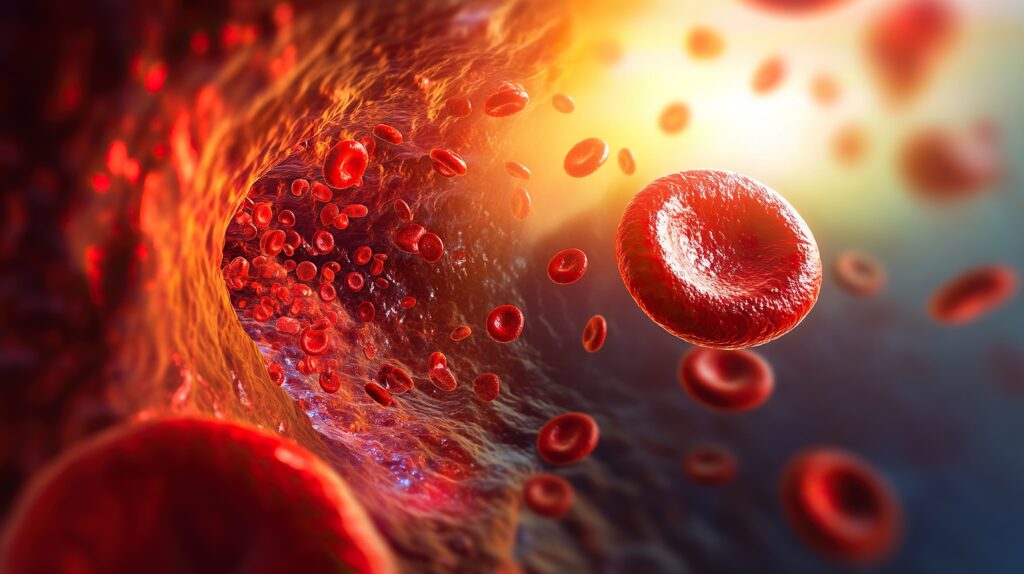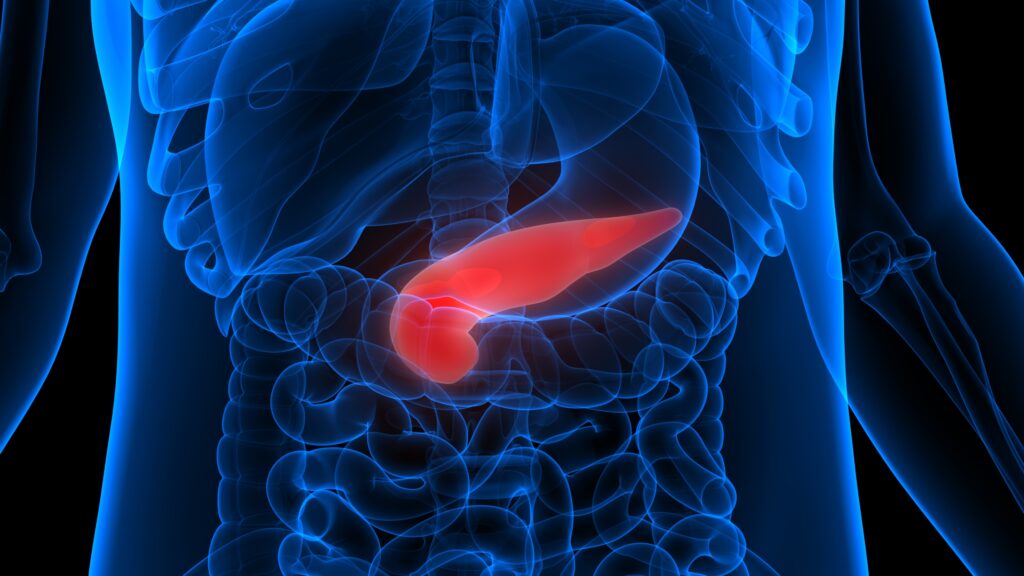The diabetes pandemic affects millions of individuals throughout the world; the prevalence, especially of type 2 diabetes mellitus (T2DM), is increasing and shows no signs of abating. According to the International Diabetes Federation, the number of adults living with diabetes (both type 1 [T1DM] and T2DM) is projected to increase from 425 million in 2017 to 629 million in 2045 with the greatest increase occurring in T2DM.1 To meet this challenge, various therapeutic modalities are being developed. While most current research concentrates on the new pharmaceutical agents, including improved insulin formulations, more efficient methods of insulin administration and other drugs to improve and maintain glycemic control, there have also been efforts to establish and provide guidelines on the best dietary regimens for optimal disease management.2
Epidemiological trends reveal a sustained rise in the prevalence of diabetes (especially T2DM) and obesity.3 It is not clear whether this increase is associated with a rise in the average consumption of both total carbohydrate and/or refined carbohydrates or whether other dietary changes, such as fat intake, are also involved. Countries such as the USA and some Asian nations with the highest prevalence of T2DM have predominantly rice-eating or wheat-eating populations4,5 but other countries with lower T2DM rates e.g., Russia and Eastern Europe also have wheat or rice as the staple food.6 In an ecologic correlation study in the USA, increased intake of refined carbohydrates was shown to parallel the prevalence of T2DM; corn syrup was positively associated (p=0.08), fiber was negatively associated (p<0.01) and there was no association with fat (p=0.084) or protein intake (p=0.79).7 In a cross-sectional population study in China, however, intakes of carbohydrate in adults decreased from 62.8% to 58.3% and fat intake increased from 23.5% to 31.5% of total energy between 1991–2011.8 However, this was accompanied by an increase in the prevalence of T2DM from 0.67% in 1980 to 10.90% in 2013.9
Recent research strongly refutes any link between dietary cholesterol and cardiovascular health.10 This could indicate that high-carbohydrate diets should be avoided to limit the incidence of metabolic syndrome. In addition, it is doubtful whether a low-fat diet will help improve long term cardiovascular outcomes.11,12 Despite dietary changes, the increased incidence of T2DM can be attributed, at least in part, to increased body weight and adiposity resulting from reduced physical activity rather than changes in macronutrient intake.13 Diabetes (T1DM and T2DM) is a syndrome characterized by carbohydrate intolerance, irrespective of the contribution of various other pathophysiological factors affecting its etiology (which are described as the as the ‘ominous octet’ or ‘dirty dozen’).14,15 It is logical, therefore, that the treatment of diabetes should include some degree of carbohydrate restriction.3 The rationale behind this approach diabetes is given in Table 1.

Even if other therapeutic modalities are added to the management plan, a low-carbohydrate diet is still regarded, by some physicians, as an essential part of effective diabetes control. This is the approach that was followed by pioneer physicians, who did not have recourse to insulin and oral glucose lowering drugs in their arsenal.16 Although diabetes is not defined by fat intolerance, lipid disorders are strongly associated with T2DM and most studies suggest that high-fat diets are associated with increased insulin resistance.17 Fat is a highly caloriedense food and consumption of liberal amounts may not be helpful in achieving euglycemia. One long-standing and notable method to reduce carbohydrate intake in diabetes and obesity is the ketogenic diet (KD). Here we consider the arguments both for and against the short- and long-term use of a KD, particularly in T2DM.
Evolving strategies
Despite the length of time that restricted carbohydrates have been used as treatment, there is no agreed optimal diet for individuals with either T1DM or T2DM. Over the last century, trends in dietary management have changed dramatically. In the pre-insulin era during early years of the 20th century, diet and lifestyle modification were the first-line therapy for this condition as they were the only treatments available.18 Since then, the treatment situation has advanced markedly but there has also been a gradual erosion in the importance of medical nutrition therapy. In addition to this, been a much-reduced focus on diet restriction and decreased awareness of this approach in clinical practice.19,20 However, such approaches are still considered important; current guidelines recommend metformin, along with lifestyle modification, as first-line treatment for T2DM.21
Another major change in medical nutrition therapy is the realization that an individualized, patient-centered diet plan is needed for every person with diabetes.22 This concept is similar to the model that is currently followed while establishing a pharmacological glucose-lowering prescription for each patient. Modern guidance from the USA and India clearly state that there is no universal or mandatory rule to be followed with regards to macronutrient distribution in a diabetes-friendly diet. This is in contrast to earlier guidelines, which recommended rigid proportions of carbohydrates and fat in ‘diabetic’ diets. In parallel with this, a large number of diets have emerged in both lay and scientific literature. The Atkins diet,23 Dietary Approaches to Stop Hypertension (DASH) diet,24 da Vinci diet,25 Gandhi diet,26 The glycemic index diet,27–31 Mediterranean diet32 and Paleo diet33 are some examples of restricted and unrestricted diets which have been promoted for both general health and diabetes care.34
Recent evidence-based nutrition guidelines for the prevention and management of diabetes, from Diabetes UK, specify that there should be an individualized approach to diet which considers personal and cultural preferences.35,36 The guidelines also emphasize increased consumption of vegetables, fruit, wholegrains, fish, nuts and pulses whilst reducing red and processed meat, refined carbohydrates and sugar-sweetened beverages. The American Diabetes Association makes similar recommendations in terms of self-care and lifestyle management including low carbohydrate diets to reduce glycemia and body weight in some patient groups.37 The Diabetes Canada Clinical Practice Guidelines Expert Committee recommends that people with diabetes should receive expert nutrition counselling to reduce glycated hemoglobin (HbA1c) and improve glycemic control which includes carbohydrate restriction.38 The Diabetes and Nutrition Study Group of the European Association for the Study of Diabetes recommend a similar approach with an increased intake of dietary fiber as a source of carbohydrate.39 Diabetes Australia makes comparable recommendations with regard to carbohydrate reduction and advises that carbohydrate intake is spread into even amounts throughout the day with a preference for foods with low glycemic index which are more slowly ingested and are less likely to make blood sugar levels spike.40 Using the KD in diabetes, therefore, is consistent with some guidelines to use low-carbohydrate diets to achieve weight loss and glycemic control but it must be monitored and tailored to the individual patient.
The ketogenic diet
The KD has been in use for more than 100 years and has become established as a modality for the treatment of refractory seizures in children, as the associated systemic ketosis raises seizure threshold.41 It is also promoted for the management of T2DM42 and the last decade has seen an increase in the use of this diet in adults with obesity or diabesity.43 The weight-loss benefits of KD have been documented in several short-term studies.44,45 With the exponential increase in the burden of obesity globally, the KD has also become popular, in certain sections of society, as a short-term weight-loss option.41
KD regimens for weight loss are extreme forms of low-carbohydrate diet, where carbohydrates constitute <5% of the daily calorie intake. Protein content is adequate (20–25%), with fats constituting nearly 70–75%.46 The United Nations recommendations state that, in adults, the total fat intake should constitute 15–35% of energy needs with total saturated fatty acids constituting 10% and polyunsaturated fatty acids 6–11% of energy needs.47 The KD regimen clearly exceeds these guidelines in terms of fat intake. In the virtual absence of carbohydrates, the body is forced to switch to beta-oxidation of fatty acids, which leads to a net loss in the fat mass of the body.44,48 This beta-oxidation leads to inhibited glucose utilization and the generation of ketone bodies that are known to have an anorectic effect and increase satiety, leading to a further negative calorie balance which potentiates weight loss (Figure 1). It should be noted that the KDs discussed here are intended for weight loss and are calorie-restricted. Some types of KDs used in children with epilepsy, however, are intended to provide adequate calorie requirements and do not induce weight loss.49–51 The metabolism of lipids whilst on a KD also results in increased free fatty acids in circulation and this can have negative effects on the cardiovascular system.52–55

A global increase in calorie intake over recent decades has been a driving force behind the obesity pandemic. From 1970 to 2000s, the average American increased their daily calorie intake by 240 Kcal, contributing to diabesity.56 Weight loss in any individual with obesity is primarily the result of reduced calorie intake. Consequently, all weight-loss diets, including KD, work by reducing net calorie intake. The KD, however, is an extreme form of diet that comes with its own set of challenges.
The KD has provided benefits in various neurological and endocrine conditions, however, its benefits have not been utilized fully by the diabetes care community.41 This may be due, in part, to the negative connotation of the word ‘ketogenic’, which can be interpreted as a life-threatening ‘pathologic’ approach. Many advantages of low-carbohydrate diets (<130 g carbohydrate/day) in diabetes have been reported but their use remains controversial.57,58 The relative advantages of the KD (with <50 g carbohydrate/day) are also controversial but are less widely reported; they are summarized in Table 2.59–67 Eliminating or severely restricting entire food groups in a diet can have negative consequences in numerous body systems including physical and cognitive functions. Systematic reviews of multiple studies show that reducing carbohydrates is a more effective means of achieving weight loss than reducing fat or increasing protein (Table 3).64,66


There are several variations of the KD regimen. One example is the cyclical KD in which a KD low-carbohydrate/high-fat protocol is received for 5–6 days each week followed by 1–2 days of higher carbohydrate consumption.68 It is believed this aids muscle gain and athletic performance whilst decreasing ketogenic side effects, increasing fiber consumption and making adherence easier. Another example is the targeted KD in which the KD regimen is used but additional carbohydrate is consumed before or during exercise to help maintain blood sugar levels and enhance performance.69 A further example is the high-protein KD in which protein intake is greater than with standard KD regimens. This, in combination with low-carbohydrate intake has been shown to reduce hunger and food intake compared with a high-protein/medium-carbohydrate diet.70
Clinical and pharmacological evidence of the ketogenic diet
There is only limited evidence that suggests the KD helps in the management of T2DM, by reducing (or even obviating) the need for insulin and other glucose-lowering drugs. By limiting the carbohydrate burden, it is possible to reduce the load on an already overburdened insulin-based metabolism and reverse insulin resistance.3 In some individuals with T1DM, a low-carbohydrate diet has been shown to reduce insulin dose requirement and improve glycemic control.43 Some individuals with T2DM also experience significant improvement in insulin sensitivity and 24-hour glycemic profiles,71,72 although some individuals do not show this effect. Most studies that have investigated this, however, have been small and of short duration.71
Higher consumption of carbohydrates requires an increased dose of glucose-lowering drugs, including insulin. This, in turn, increases the risk of hypoglycemia, glycemic variability and medication-related errors. Rigorously conducted scientific trials on low fat diets show uniformly disappointing results for glucose control and weight loss.72 Hence, there is a need to evaluate KDs in an unbiased manner.
Despite the rationale of restricting carbohydrates in T2DM, there have been few high-quality studies that have support the restriction of carbohydrate in patient diets. One example included 363 overweight individuals (102 with T2DM) in which participants chose either a low-calorie diet or a low-carbohydrate KD. Both diets had a beneficial effect on body weight, body mass index (BMI), changes in waist circumference, blood glucose level, HbA1c, total cholesterol, low-density lipoprotein (LDL) cholesterol, high-density lipoprotein (HDL) cholesterol, triglycerides, uric acid, urea and creatinine. However, the low-carbohydrate KD produced more significant improvements in these parameters than low-calorie diet.73 In another trial of 46 patients with T2DM within a larger trial population (n=146), a low-calorie diet produced similar BMI reductions to a low-fat diet (p=0.7). However, the low-calorie diet produced greater reductions in HbA1c than low-fat diet (p=0.045) and a greater reduction in anti-glycemic medication usage (p=0.01).74 A further study of 49 participants with obesity and T2DM showed that patients randomized to low-carbohydrate KD showed greater reduction in HbA1c (p=0.03), body weight p=0.008), and HDL cholesterol (p<0.001) compared with patients receiving a low-glycemic, reduced calorie diet.75 In addition, diabetes medications were reduced or eliminated in 95.2% of low-carbohydrate KD versus 62.0% of low-glycemic index diet participants (p<0.01). The use of low-carbohydrate diets in T1DM has been studied to a lesser extent; positive evidence to support it comes largely from small trials, observational studies and case reports.76
Protein intake
Protein intake varies widely around the world and in some regions, this can create difficulties with low-carbohydrate diets. Most South Asian diets, for example, are low in protein. Apart from causing protein malnutrition and suboptimal muscle strength, these diets are characterized by high carbohydrate content. This stimulates insulin release, leading to hunger, thus stimulating more carbohydrate consumption, creating a vicious cycle. Changing to high-protein meals has the potential to break this cycle by increasing satiety,77 reducing hunger, and achieving a balanced approach towards nutrition.
Once initiated, a high-protein diet can result in a ‘virtuous cycle’ of maintaining a normal metabolism, in which stresses on pancreatic islet cells are reduced.78 Lower dietary carbohydrate intake leads to lesser secretion of insulin,3 which reduces the need for counter regulatory hormones, including glucagon. This allows normalization of endogenous hepatic glucose output. Though the KD is not necessarily hypocaloric, it leads to weight loss, as excessive fat deposits are mobilized for fuel. The high protein intake has a muscle-sparing effect and prevents these important tissues from being utilized for energy.
Adherence to the ketogenic diet and sustainability
There is conflicting evidence regarding the adherence to KD, and its sustainability.3 Whilst there have been poor adherence rates in some long-term randomized controlled trials, adherence is equally poor for many other lifestyle modification therapies and pharmacological weight-loss interventions.79 In fact, due to its high protein content, the KD offers higher satiety. This can help the individual restrict calories and meal frequency or quantity and can provide more sustained satisfaction from food. The converse is noted with some calorie-restricted or fat-restricted diets, which are associated with hunger and cravings, leading to high rates of weight rebound and dropout.
The sustainability of a KD is strongly influenced by the individual’s social environment; this includes encouragement from family, peers, healthcare professionals and wider society. The modern world has developed a culinary, social and pecuniary environment that substantially favors carbohydrate intake over protein, making adherence to KD and other diets more difficult. Carbohydrates are widely available, relatively easy to cook and cost little to procure. Protein-dense foods, on the other hand, are mainly limited to animal sources, are generally less available and are more expensive. Creating vegetarian or vegan KD is possible but can be challenging.41 In some cultures, foods suitable for a KD requires culinary expertise and social knowledge to cook (e.g., halal meat), and are expensive. Some commentators including a few healthcare professionals have contributed to the perception of ‘ketogenic’ as being ‘pathogenic’, and discourage adherence to this diet. Once a KD-friendly culinary and psychosocial environment is created, biomedical adherence to KD would be easier to achieve.
Ketogenic diet and diabetes
In interventional studies of KD, people receiving this diet tend to be more motivated, and have a better compliance with the study diet plan resulting in better outcomes in the study group. This explains the 1.3% reduction in HbA1c following 1-year use of a KD in one of the publicized non-randomized studies.80 The results from well conducted, blinded randomized controlled trials are more tempered. In fact, a meta-analysis of randomized controlled trials comparing the KD with low-fat diets reported no difference in weight loss and glycemic control in people living with T2DM.81 It must be realized that it is primarily weight loss due to calorie restriction that is responsible for better glycemic control in T2DM. In certain overweight to obese patients with T2DM, the extent of weight loss is associated with an increasing likelihood of diabetes reversal.82 However, evidence is lacking for any additional benefits from KD, apart from that arising from calorie restriction and weight loss.
Ketogenic diet and weight-loss outcomes
The KD approach has shown some efficacy in weight-loss programs. In a meta-analysis involving 13 different studies using varied diet plans, each having >1 year of follow-up, KD was associated with a slightly greater statistically significant weight loss when compared with other diet plans focused on low calorie, low fat, but predominantly high carbohydrate.80 However, in absolute numbers this translated into <1 kg of extra weight loss, which though statistically significant, is of limited clinical significance.56 Another meta-analysis comprising 32 controlled feeding studies, found that energy expenditure and fat loss were greater with low-fat diets compared with KD.83
Side effects of the ketogenic diet and impact on body systems
Every intervention in medicine can be associated with adverse effects, and dietary therapies, such as KD, are no exception. A high-protein diet may be associated with metabolic side effects such as variation in uric acid and lipid levels. Transient side effects such as ‘ketoflu’, experienced during the phase of keto-adaptation or keto-version, are self-limiting, and can be managed by adequate fluid and electrolyte supplementation.84 These side effects are minor, however, when compared with the possible adverse effects of pharmacotherapeutic agents, and the potential damage that uncontrolled diabetes and obesity can cause.3 With low-calorie diets, there is no evidence of long term deleterious effects or adverse cardiovascular outcomes. Reports of sudden death or arrhythmogenic potential of such diets date to a period when basic precautions, such as hydration and mineral/vitamin supplementation, were not followed.85 The long-term impact of a KD on cognitive and mental function is also not certain but some studies have found cognitive benefits in various patient groups including those with epilepsy, dementia and obesity.86–89 It is critical that a KD is conducted only under strict medical supervision, and must not be promoted as a self-administered treatment. An understanding of the indications, contraindications, possible benefits, risks and harms, as well as caveats for safe use, are required to safely practice KD.
Cardiovascular system
The most common cause of death in people with diabetes and obesity is cardiovascular events. The initial enthusiasm regarding the beneficial impact of KD on cardiovascular risk factors has lately been questioned. The literature suggests that low-density lipoprotein cholesterol and apo-B-containing lipoprotein levels may fail to improve, or even significantly increase in people on a KD, in spite of weight loss.90 The mild increase in HDL cholesterol with KD may be of little significance, as historically all treatments associated with increases in HDL cholesterol did not translate into reduced cardiovascular events. Selenium deficiency, impaired myocardial function and QT prolongation are believed to be responsible for the sudden cardiac deaths reported in children on a KD for seizures.91 Cardiovascular safety of the KD is a major issue, which remains unaddressed. In addition, there is a concerning trend of increased all-cause mortality noted from a large number of observational studies involving low-carbohydrate diets.92
Renal function
The KD has been associated with increased occurrence of renal stones.93 This is a well-established phenomenon in children receiving a KD that was first reported in 1972.94 Kidney stones are believed to occur in 1 in 20 children on a KD.93 However, some reports have suggested that the occurrence of kidney stones is as high as 25% in children on KD over 6 years.49 Hypercalciuria associated with KD is believed to have some role in this increased occurrence.95 Hypercalciuria is a result of increased bone demineralization, which results from acidosis associated with KD and this activates the osteoclasts and inhibits the osteoblasts.95 Hypocitraturia associated with KD also promotes renal stone formation.96 This is because citrate solubilizes free calcium in the urine; with decreased citrate in urine, more free calcium is available for stone formation.96 The general acidosis associated with KD leads to more acidic urine in which uric acid is less soluble and more readily forms crystals and can act as a nidus for calcium stone formation.93,96 Fluid restriction, especially in children on a KD, is also a risk factor for renal stones.93 Alkalization of the urine using oral potassium citrate has been found to be beneficial in reducing renal stone formation in people on KD. Potassium citrate solubilizes calcium, thus decreasing the concentration of free calcium available to crystallize, also increases urine pH, leading to decreased renal stone formation.93 Monitoring of the urine calcium to creatinine ratio may be a predictor of risk for renal stones in people on KD, although this has not been validated in studies as an effective screening tool.
Bone mineral health
Hahn et al. first reported the adverse effect of the KD on bone health in 1979.97 The KD is associated with increased bone mineral loss and decreased bone mineral density (BMD). The chronic ketoacidosis associated with KD results in increased demand on bone minerals for the buffering capacity.93 Acidosis is also associated with decreased renal conversion of the inactive 25-hydroxyvitamin-D to the active 1,25-dihydroxyvitamin-D, which is needed for increased absorption of calcium from the gut and decreased calcium loss in urine.93 Decreased BMD on a KD has been documented as early as up to 15 months of use of KD.98 Simm et al. reported that patients treated on a KD demonstrated an average decrease in BMD of 0.16 standard deviation (relative to age-matched referent children) for every year they remained on the diet.99 The 2009 International KD Study Group consensus-based guidelines recommended periodic dual energy X-ray absorptiometry screening for assessment of bone health in patients on KD.51,99
The liver and the hematopoietic system
Long-term use of the KD has been reported to be associated with liver parenchymal injury, transaminitis, fatty liver disease, and gall stones.100 Both diarrhea as well as constipation have been reported with the KD. Occurrence of protein-losing enteropathy, hypoalbuminemia, and pancreatitis has also been reported from children on a KD.100 Severe anemia, bicytopenia, and neutropenia due to micronutrient deficiencies in children on a KD, have also been reported.101 In addition, selenium and copper deficiency are especially common in people on a KD.101
Mouse model studies show that despite a short-term KD regimen appearing to make animals healthier than those receiving an obesogenic high-fat diet, there was greater hepatic insulin resistance with KD compared with a high-fat diet.102 Glucose intolerance in these animals was correlated with increased lipid oxidation which causes the transmission of signals that limit the effect of insulin to decrease endogenous glucose production.
Discussion and conclusion
The use of KD as part of the basic the management of diabetes remains controversial and has supporters and critics with widely differing views.48 Given the epidemiology and pathophysiology of the disease, proponents argue that the KD is a logical measure which is supported by the results of pharmacological studies and clinical trials. Data from these investigations suggest that high-protein diets are associated with greater satiety, better adherence and sustainability, and lesser side effects.48,103,104 Some infer from these findings, that the KD has a valuable role in the long-term management of at least some subtypes of T2DM. However, critics argue that KD is not superior to other forms of low-calorie diets with regards to weight loss, glycemic control, and reversal of diabetes. It is an extreme form of diet that is virtually devoid of carbohydrates and risks various adverse events and multiple systemic problems with long-term use. They point out that it is primarily the persistent calorie restriction along with physical activity, which is responsible for weight loss, and there are multiple different and safer ways of achieving it than using KD. Even intermittent fasting has been found to be effective for weight loss and diabetes control.105 Critics therefore, conclude that in view of the effects, especially cardiovascular outcomes, routine use of KD cannot be recommended.
Overall, diet is an important but possibly underestimated aspect of diabetes. There is a need for objective, large-scale studies that would compare the risks and benefits of diets, particularly the KD, in diabetes and weight-loss regimens. To achieve this may require a medico-social environment that is conducive to the unbiased study and use of carbohydrate restricted, normal-to-high protein diets. Such studies must include adequate control groups and be adequately powered to provide sufficiently strong evidence. These initiatives would be critical in guiding the improved management of a burgeoning population of diabetic and obese individuals worldwide.



